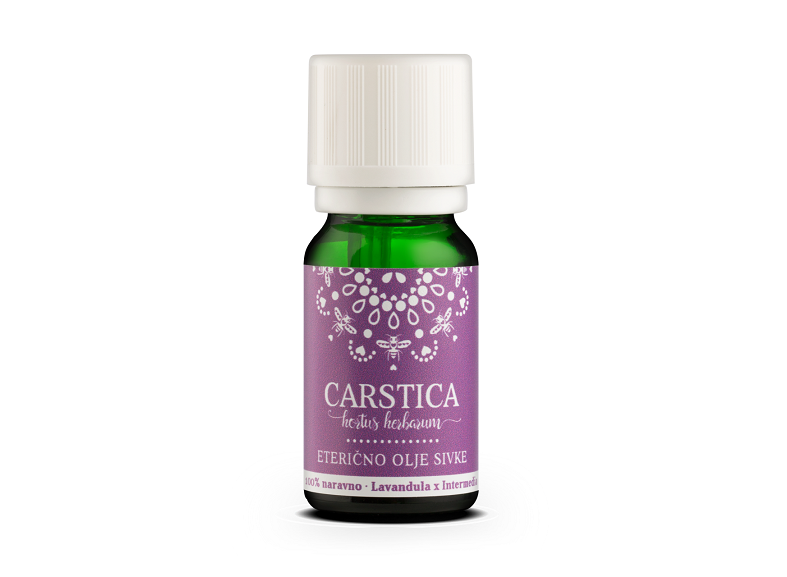Product Description
The essential oil of lavender is produced using an exraction method known as steam distillation. The heat of the steam releases both lavender oil and lavender hydrolate (also known as floral water). They are then passed through the condenser, which condenses them both back into a liquid state: the essential oil floats on the surface, while the hydrolate retains the volatile parts of the plant and a fraction of essential oil. USE OF LAVENDER ESSENTIAL OIL (LEO)To disinfect and scent your space – lavender oil disinfects the environment and neutralises the smells
- Add a few drops of leo on a fragrance mandala.
- Add a few drops of leo in a diffuser.
- Add three drops of leo in the water tank vacuum cleaner.
To treat problem skin (acne)
- Apply one drop of leo on “problem« area (except around eyes); unlike most essential oils, lavenderessential oil can be applied directly on skin. Not recommended for children under one year of age.
To soothe sunburnt skin and relieve sore muscle
- Add five drops of leo to 1 dl of olive oil, mix and apply on skin after prolonged sun exposure orwhen suffering from sore muscles.
To help heal wounds, cuts and scrapes
- One drop of leo applied directly on wound or cut.
To soothe skin after an insect bite
- One drop of leo applied directly to insect bites.
To nourish hair
- Massage three drops of leo into your scalp vigorously; do so every day for a period of three months.You can repeat the process after a three-month break.
To express individuality, to accept life and own responsibility, to neutralise negative energy
- Add seven drops of leo in a warm bath and soak in it for 20 minutes.
- Apply one drop of leo on the very top of your head (where the so-called Crown Chakra is located),
assume a comfortable position and observe your breathing (seven minutes)
- Apply a drop of leo into the temples, and massage with curcular movements (seven minutes).
